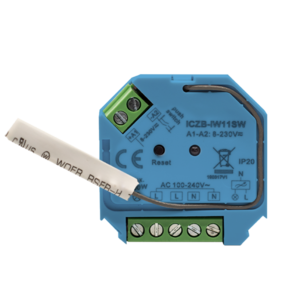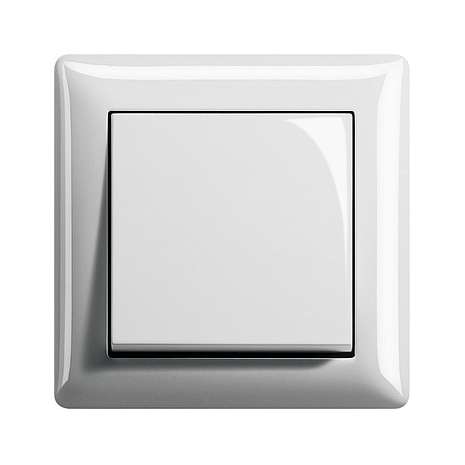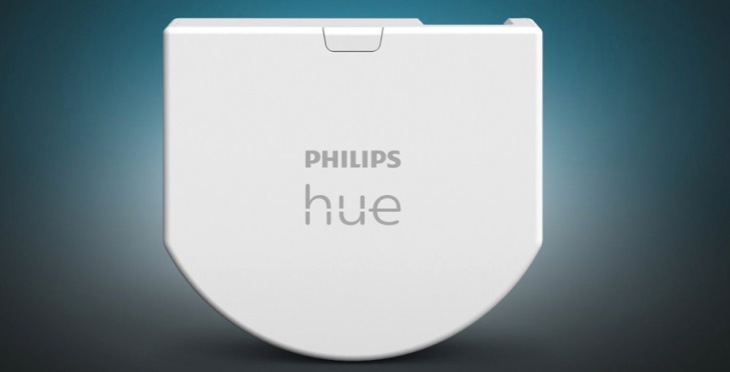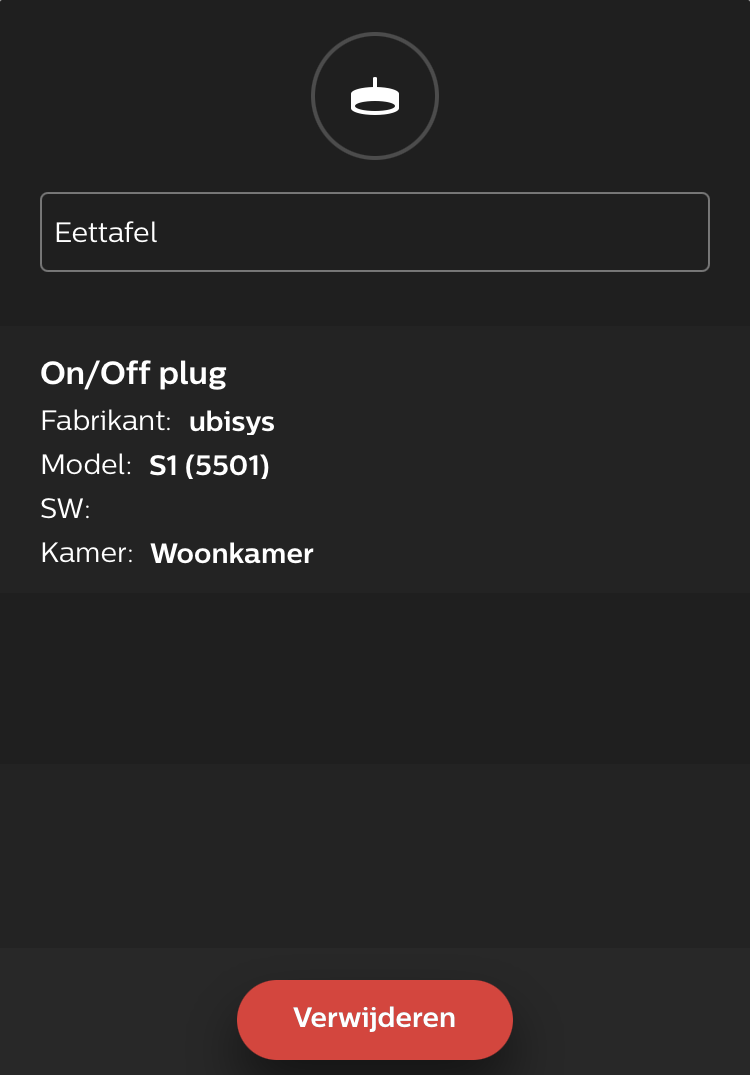Using ubisys Zigbee modules with Philips Hue
What if you want to be able to switch a light via both the existing wall switch, and the Philips Hue app and/or Homekit? You can install an in-wall home automation module behind the existing wall switch, and voila!
What is meant here with “in-wall switch”, is a module that can be installed behind an existing light switch, and makes “dumb” light smart. Connected lights can then be switched via an app, Philips Hue in my setup, or via the existing wall switch.
Zigbee is commonly used as a wireless protocol for these kind of devices. But of course such a module does not have to work with Zigbee. Besides Zigbee, wifi and z-wave are commonly used in smart lighting. And in the US, Lutron provides a very popular solution of switching dumb lights with their Caseta smart switches via their proprietary RF protocol. But these are not for the European market.
So there is a wide range of technologies available for smart switches. But I’ll focus on Zigbee and Hue compatibility here.
Hue compatible Zigbee switches
There are multiple Zigbee in-wall switches on the market that are compatible with Philips Hue.
Well known among people who are familiar with Zigbee modules, are the modules by Sunricher. Amongst others, these are sold under the iCasa and Robb brands. Because both the Philips Hue bridge and these modules use the Zigbee Light Link standard, they can be added as third party devices to the Hue bridge.

Less known are the modules from the German manufacturer ubisys. Ubisys produces really solid Zigbee modules, like dimmers and switches, that can be flush mounted.
The ubisys S1 is the module that has been installed at several places at my home.

The really nice thing about the S1, is the support for “normal” (rocker) light switches. While the Sunricher modules only work push buttons, the ubisys s1 supports standard European style toggle switches as well.

While this is common for Wifi modules, like Shelly’s, and z-wave modules, there are still not a lot of Zigbee modules that work in a non-push button configuration.
What about the Philips Hue wall switch module?
Note that the solution with Zigbee switch modules discussed here, is different than using the Philips Hue wall switch module. With the Hue wall switch modules you can switch a Hue smart bulb via your existing switch. You can’t however switch dumb lights with it.
Also it has a battery, which you need to replace… eventually. Although it is expected to last at least 5 years, replacement is a hassle given its location behind a switch. The good thing about a battery powered device is that you don’t need a neutral wire in your wall box.
Because the Hue switch is battery powered, it is a Zigbee end device, so it does not act as a Zigbee router, and won’t help with improving your Zigbee mesh network. In contrary to hard wired modules and light bulbs.
So all in all, the concept of Philips’ module is quite different from other Zigbee wall switch modules.
Personally, it feels less solid, because there is no physical connection anymore between your light and the switch. If for whatever reason the Hue bridge is not available, there is no way to switch your lights.

I can imagine though, that if you already use Hue light bulbs, especially I you use color-changing lighting, the Hue wall switch is a more appropriate solution.
About the ubisys S1
A few other things that are noticeable about the ubisys S1:
- The “click” sound, audible when the module switches, is relatively loud. Louder than for example in modules from Shelly and iCasa. In my experience it’s not annoying though.
- De S1 does not have screw terminals for the wires. Wires (neutral, live, switch) are attached permanently to the module. Connections are made via welding clamps.
- The module is relatively small compared to other modules like iCasa, but it still can be a real challenge to fit it in a standard wall box.
- Ubisys also has a dimmer variant, the D1. That one does not work with a toggle switch by default.
Ubisys S1 in Philips Hue
A really nice thing about the ubisys, is that the S1 works flawlessly with a Philips Hue bridge; and indirectly with Homekit via Homebridge.
Adding the S1 in the Hue app works the same as with Philips Hue accessories. After a search for new lights via the Hue app, the S1 appears as a new on/off switch.

A disadvantage of using third party modules with Philips Hue, is that you can’t update the firmware of non-Philips devices. This is not a technical limitation. How over-the-air (OTA) updates work in Zigbee, is standarised. So, theoretically, Philips Hue can add functionality to support upgrading non-philips devices in the future (that’s a feature request for you, Philips!).
In the mean time, you can only update via the bridge of the original manufacturer. In the case of ubisys devices, that would be the Ubisys gateway, which is a pretty pricy device. As an alternative, you can also use open-source software like zigbee2mqtt in combination with a Zigbee USB stick. But that is not an easy solution for the avarage user.
A second disadvantage is that you won’t be able change the default configuration of ubisys modules via the Hue Bridge. Ubisys models have quite a few configuration options, but these are only accessible via the ubisys gateway (or, again, via zigbee2mqtt). It’s definitely a disadvantage, but in my experience not a problem though. For many use-case the default configuration suffices.
An example where it might be a problem is when you want to use a non default switch. By default, the S1 is setup for a toggle (two stable states) switch. If you want to use a push switch for example, you’re out of luck, you will need additional configuration.
Finally, functionality supported by the S1 but not in Hue, like measuring power consumption, is only exposed through the ubisys gateway and app. Furthermore, Philips Hue does not expose non-philips devices to Homekit. So for Homekit support you’ll need something like Homebridge with Hue plugin.
Conclusion
Despite all this, if you have a fairly standard configuration, ubisys switches are an excellent choice if you want to automate your existing dumb lights, and already have a working Philips Hue setup. The modules are very solid, easy to integrate with Hue and work with existing switches (as long a there is a neutral line available).